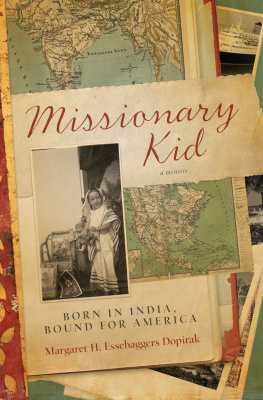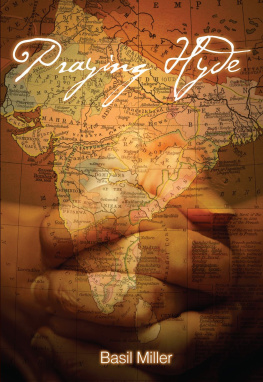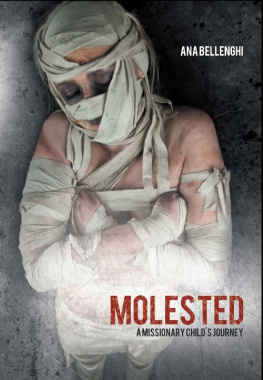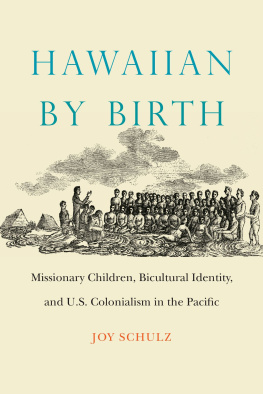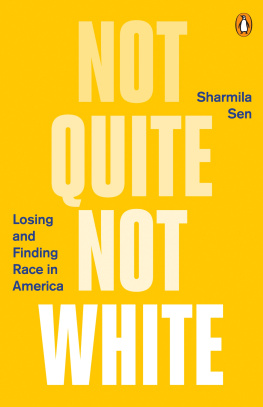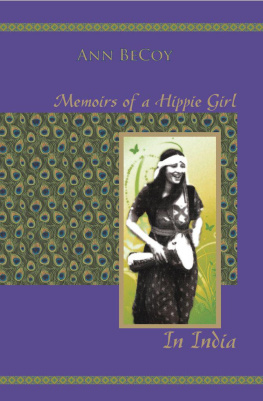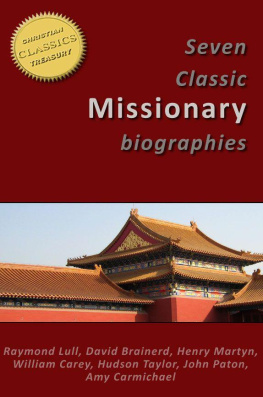Copyrighted Material
Missionary Kid: Born in India, Bound for America
Copyright 2016 by Margaret H Essebaggers Dopirak. All Rights Reserved.
No part of this publication may be reproduced, stored in a retrieval system or transmitted, in any form or by any means electronic, mechanical, photocopying, recording or otherwise without prior written permission from the publisher, except for the inclusion of brief quotations in a review.
For additional information, please contact the publisher:
Margaret H Essebaggers Dopirak
ISBN: 978-0-9971576-1-1 (print)
978-0-9971576-6-6 (eBook)
Printed in the United States of America
Cover and Interior design: 1106 Design
To my sons,
Dan, Jim, and Rob Seger
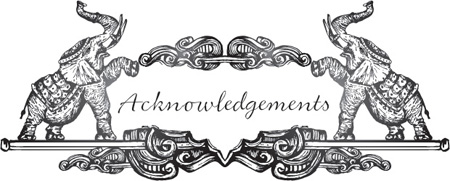
When I signed up for the memoir-writing course at the community center a year and a half ago, I was not expecting to make a commitment to myself to actually write my memoir and complete it within a certain time frame. But Susan Omilian, the class instructor and a published author, put forth a question in the very first class: Why are you here, and what do you want to accomplish? We each wrote our answer and read it to the class. Thanks to that first challenge from Susan and then the practical, no-nonsense guidance she gave to us throughout the course, I found the confidence within me to write my story. I am so grateful to Susan Omilian for her expert instruction and encouragement! You can learn more about Susan at www.writingwithsusan.com
My husband, Bill, has been the wind beneath my wings, keeping me going and lifting me up when I was starting to sink. I am eternally grateful to him for his loving support and patience, his expertise in all things technical and computer, and his very helpful editorial feedback. Without him, I doubt I could have done this!
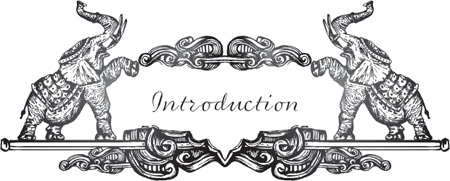
My desire to write my memoir what life was like for me as a child growing up in India in the mid-1900s as the daughter of missionaries goes back to 1999, the year I retired. I thought it would be a good retirement project to do to keep me pleasantly occupied. To get myself started off on the right foot, I took a class to learn the craft of writing. During those early retirement years, I was quite productive and wrote several stories about my childhood. I also spent a great deal of time reading the letters I had written to my parents from the boarding school where I was getting an education. Thankfully, they had saved those letters and eventually returned them to me. Excerpts from those letters, as well as the stories I had already written, appear in this memoir. My own diaries, my parents diaries, my fathers memoir, and other letters written between my parents and relatives also proved to be valuable resources for me. Along with some of my recently written reflections and musings, I now, after 15 years, have all the pieces and have put them together to capture my childhood years in written and pictorial form.
I have been honest in telling my story in my own voice, and I hope you will find it an engaging reading experience!

Three-year-old me


Travel routes, by year, of the Essebaggers family
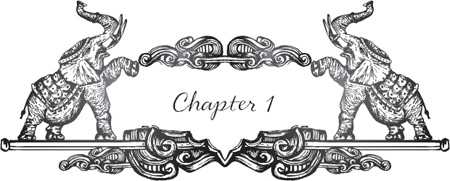
Being an MK
Daddy, who dug the hole for the ocean? I asked, as I sat perched on the ships railing, securely encircled by my fathers arms. I was awed by the vast expanse of water we were looking at. It was the Arabian Sea. I was five years old and had lived in India all of my young life. The largest body of water I had ever seen was a talaab a hand-dug lake which caught the rainwater during the monsoons and served as the water supply for the local villagers. In response to my innocent question, my father chuckled and explained,
People didnt dig the hole for the ocean, dear. God made the ocean! And our ship is going to take us across it to America.
Then my father prompted me, And who are we going to see in America?
I knew the answer, because we had talked about it many times. With confidence and excitement, I answered,
Grandma and Grandpa and my cousins!
It was 1942. I was oblivious to the fact that World War II was in progress and that the Japanese were threatening to invade India. I was not aware of the gravity of the situation, nor could I anticipate the perils of crossing the Atlantic in wartime. All I knew was that I was on a big ship and that I was going to America. It was all very exciting!
This 1942 trans-Atlantic voyage was just one of the many adventures in my life as an MK an acronym we Missionary Kids coined for ourselves. We didnt ask to be MKs, but that was who we were because our parents were missionaries!
What are missionaries?
In the 1930s, when my parents story begins, there was what could be called a missionary movement in developed countries. Christians were being called to third-world countries to carry on religious and/or humanitarian work. Being called meant being chosen by God, either through a religious experience or by way of a persons own strong conviction and desire to do Gods work. What kind of work was it? Simply put, it was service work such as education, social justice, literacy, and healthcare, with the added element of evangelism to spread the Word of God.
A little history
Historically, Christian Catholic missionaries started their migrations from the Middle East to India as far back as the first century AD. It wasnt until the 18th century, however, that Protestant missionaries came to India. Most of them came from Germany, Sweden, Denmark, England, and the United States. By the time my parents, who were Protestants, came to India in 1935, the mission field in that and other parts of India was already well-established. Schools, churches, hospitals, and dwellings had been built by the earlier missionaries. The facilities, though operated and overseen by the foreign missionaries, were staffed by Indian teachers, pastors, and healthcare workers, all of them educated in Indian and/or Christian institutions of learning, and most of them Christians themselves. When my parents arrived in India, there was a community of American missionaries there to welcome them, to orient them to the job(s) to be done, and to help acclimate them to the way of life in India. Thus, they were not pioneers by any means yet, it was an entirely new way of life for them.
The British influence
In 1935, when my parents traveled to India, the country had been under British rule for more than a century. The British tenants had established a distinct lifestyle for themselves, and they ruled by precedence and class. They lived in compounds expansive bungalows and beautiful gardens closed off from the local villages by encircling walls. They employed Indians as servants. They sent their children to boarding schools in England or Switzerland for their education. Over time, and certainly many years before my parents arrived, the foreign missionaries in India had adopted this same privileged lifestyle. Even after India won its independence from Great Britain in 1947, the missionaries maintained this way of living for another two decades. Everyone, Indians and foreigners alike, had become acclimated. Growing up in this environment of privilege was thus accepted as the norm by the children of the missionaries. I will relate how I experienced this way of life in my own childhood, including what it was like to go away to boarding school.

